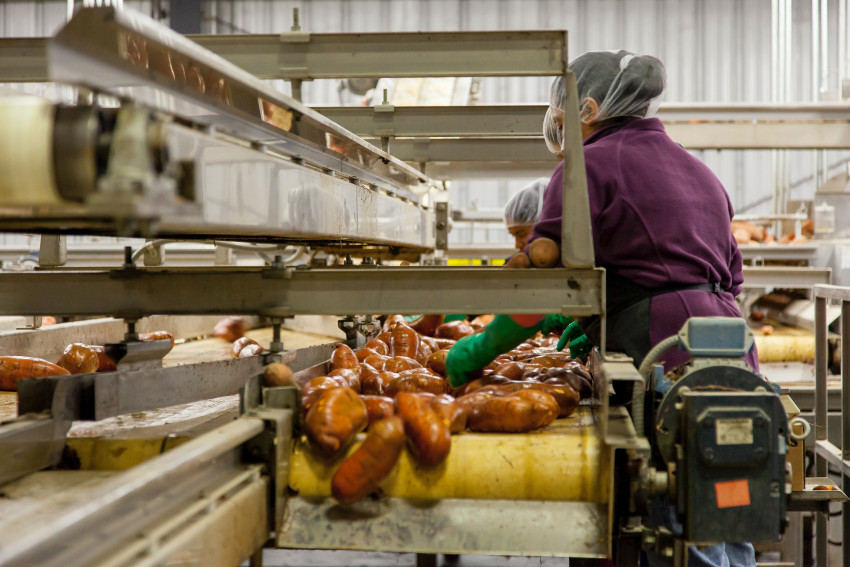
One innovation that has impacted every major industry is nanotechnology. Nanotechnology has found application in health, manufacturing, military and various other industries. One of the industries that has benefited largely because of nanotechnology is the food industry. It has found many applications in the food industry and in this article we will be focusing on these applications. We are going to look at the top 5 applications of nanotechnology in the food industry.
Topics like these are comprehensively discussed in food conferences like the upcoming Food 2.0 Conference. In this conference a large number of people will be discussing similar topics and industry experts will review the advancements happening in the industry.
Let us take a look at the top 5 applications of nanotechnology in the food industry.
1. Improving food quality
Nanotechnology has played a major role in helping improve the quality of food products. The taste and texture have been improved by nanostructured food particles. One of the techniques used to improve the flavor of food items and maintain their culinary balance is known as the nanoencapsulation technique. Nanotechnology is also used to enhance the color and fragrance of food products.
2. Enhanced nutritional value
Nanoparticles-based tiny edible particles have recently come into play. These particles are used to provide consumers with the required nutrition. Some of the methods used to achieve this task are nano emulsification, nanostructuration, nano composite, etc. These methods help in providing the right nutrients like proteins and vitamins. Such methods are great for precisely targeted health benefits.
3. Longer shelf life
Food wastage is a global problem and it needs to be addressed as soon as possible. The solution for this issue is nanotechnology. Nanotechnology is successfully used to increase the shelf life of food items. Scientists use nanoencapsulation techniques to preserve food products by slowing down the degeneration process and preventing degradation. One of the substances used for the purpose of preservation is curcumin.
4. Better packaging
With the help of nanotechnology many new forms of packaging have been developed by scientists. One of the new forms of packaging developed is nano-based ‘smart’ and ‘active’ food packaging. These are leaps and bounds ahead of the conventional forms of packaging. Improved mechanical strength, antimicrobial films, and barrier properties are some of the advantages of the nano-based ‘smart’ and ‘active’ food packaging. Research has shown that nanocomposites have also found application in the food packaging sector.
5. Detecting pathogens
Nanotechnology has also found use in ensuring the safety of food products. This is achieved by the use of nanosensors and nanobiosensors. These sensors offer a higher level of sensitivity and can much more easily detect pathogens and other foreign objects. Thin films, nanorods, nanofibres, nanoparticles, etc are used to detect the presence of pathogens and ensure the safety of food products.
We have been able to mention some of the applications of nanotechnology in the food industry. If you wish to gather more information regarding the same topic or similar topic we suggest you visit upcoming food events.



